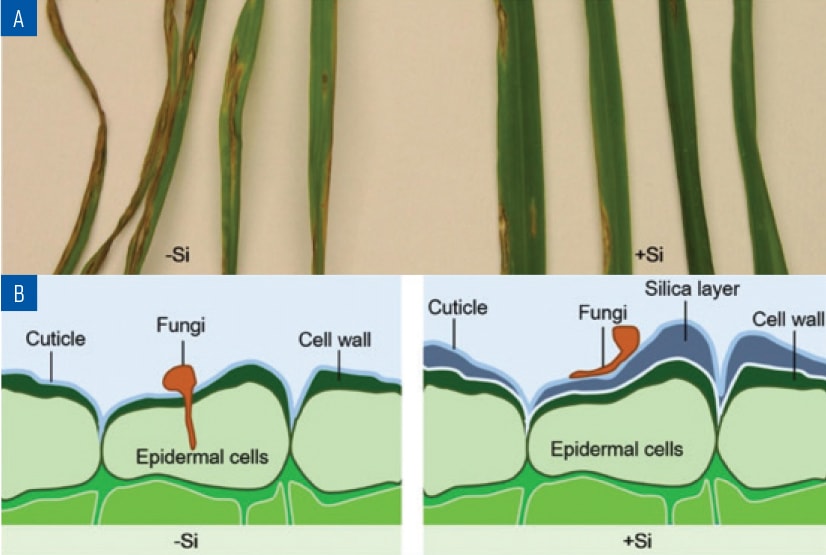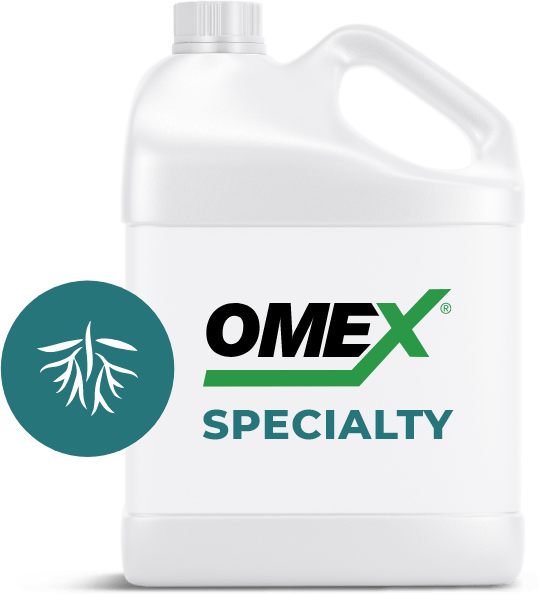
StimPro Armour


The Crop Protector
ANALYSIS: 0-0-15 WITH 25% SI (SILICA)
What is It?
- CFIA-registered supplement: Reg. # 2017096A, Fertilizers Act.
- StimPro Armour™ is a 25% potassium silicate liquid fertilizer additive.
- It helps crops against a myriad of stresses including excess or lack of moisture, temperature and salt.
- Silica offers two levels of protection: (i) Si inserts in the cell wall forming a physiological barrier; (ii) Si activates biochemical pathways that increase water use efficiency (WUE) and prevents water loss.
- Silica is also known for lessening the effect of wide fluctuations of temperatures and to protect against heat.
- Si plays an important role in the defense against biotrophs (i.e., mildew) & chewing insects.
When & Why Use It?
- The product is recommended on all crops including field, horticultural and vegetable crops as well as fruit trees, turf and ornamentals.
- Use low volumes with all sprays.
- Being a cell wall strengthener silica increases resistance to lodging caused by strong winds or heavy rains among others.
- Silica is known to enhance P, K, Ca and Mn uptake.
- Use to alleviate drought, salt, metal toxicity (Zn, Mn, Fe, Al, Cd, As, …).
What to Expect
- An improved growth and development especially under cold, hot & drought stress conditions.
- Treated crops remain healthy and reach their higher potential.
- Better water use efficiency by the crop.
- Better seed and fruit quality.
Application Guidelines
- StimPro Armour™ can be used in-furrow with starter fertilizer as well as with all foliar sprays.
- Apply with enough water to guarantee a uniform coverage.
*
Findings


